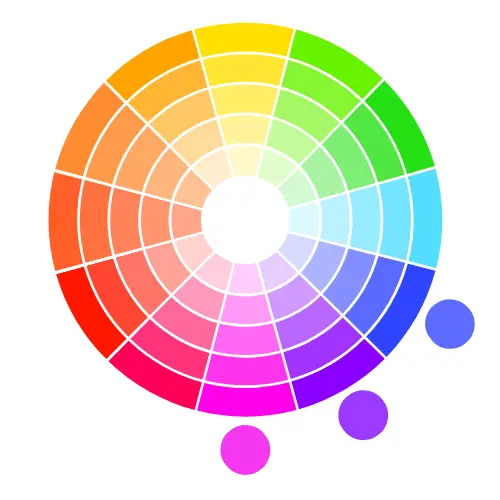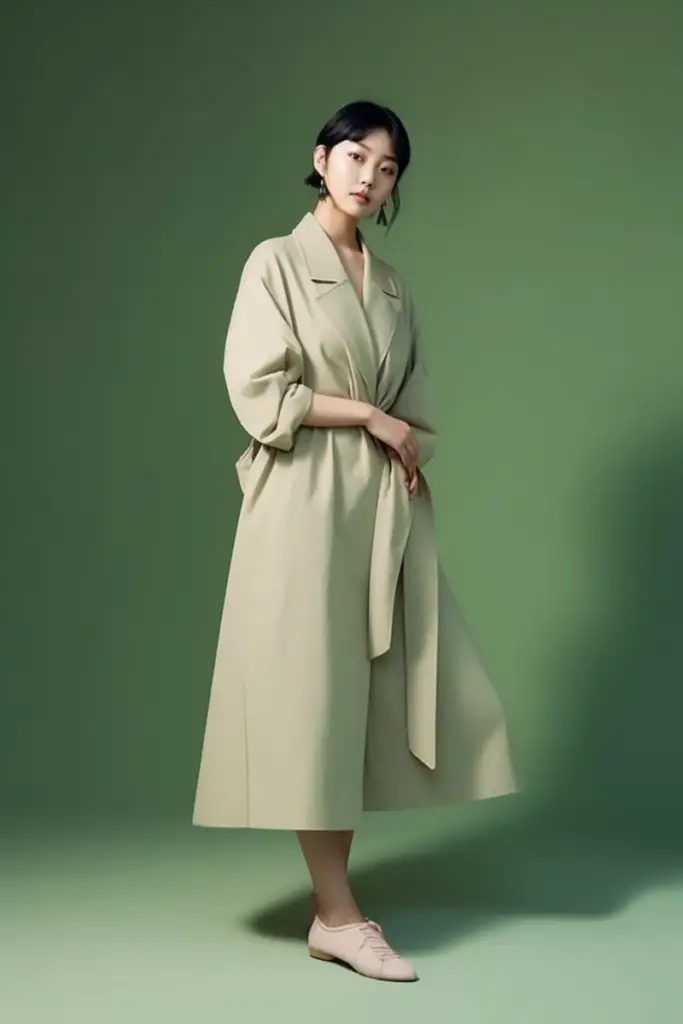
Unleash your creativity with our versatile Color Scheme Generator! Switch between RGB and RYB wheels to effortlessly find complementary, split complementary, triadic, tetradic, and monochromatic color schemes. Click to elevate your next project!
Analogous colors sit next to each other on the color wheel. Typically, this grouping consists of three colors. They share a similar hue, making the scheme harmonious and pleasing to the eye. You’ll often see analogous colors in nature, like a sunset or ocean waves.
A monochromatic color scheme relies on a single base color. You then create variations by adjusting its hue, saturation, and brightness.
For example, in a monochromatic red scheme, you might use light pink, dark red, and vibrant crimson. They all stem from the same base color—red.
Complementary colors are colors sitting opposite each other on the color wheel, offering a high contrast and vibrant look when placed together. Yet, they can be jarring if not used in the right proportion or context.
A split-complementary color scheme involves three colors. You start with one base color. Then, you identify its complement on the color wheel. Instead of using this complement, you select the two colors adjacent to it. This creates a dynamic yet harmonious palette.
A triadic color scheme is a special split-complementary color scheme. It involves three colors equally spaced around a color wheel, forming a perfect triangle. These colors create a vibrant contrast.
A tetradic color scheme, also known as double-complementary, involves four colors together. These four colors are actually two complementary color pairs (a pair of complementary colors are colors sitting opposite each other on the color wheel). They will form a rectangular or square shape on the color wheel.
Copyright © Sunica Design. All Rights Reserved. This site is protected by reCAPTCHA and the Google Privacy Policy and Terms of Service apply.

Subscribe to our weekly newsletter and unlock: